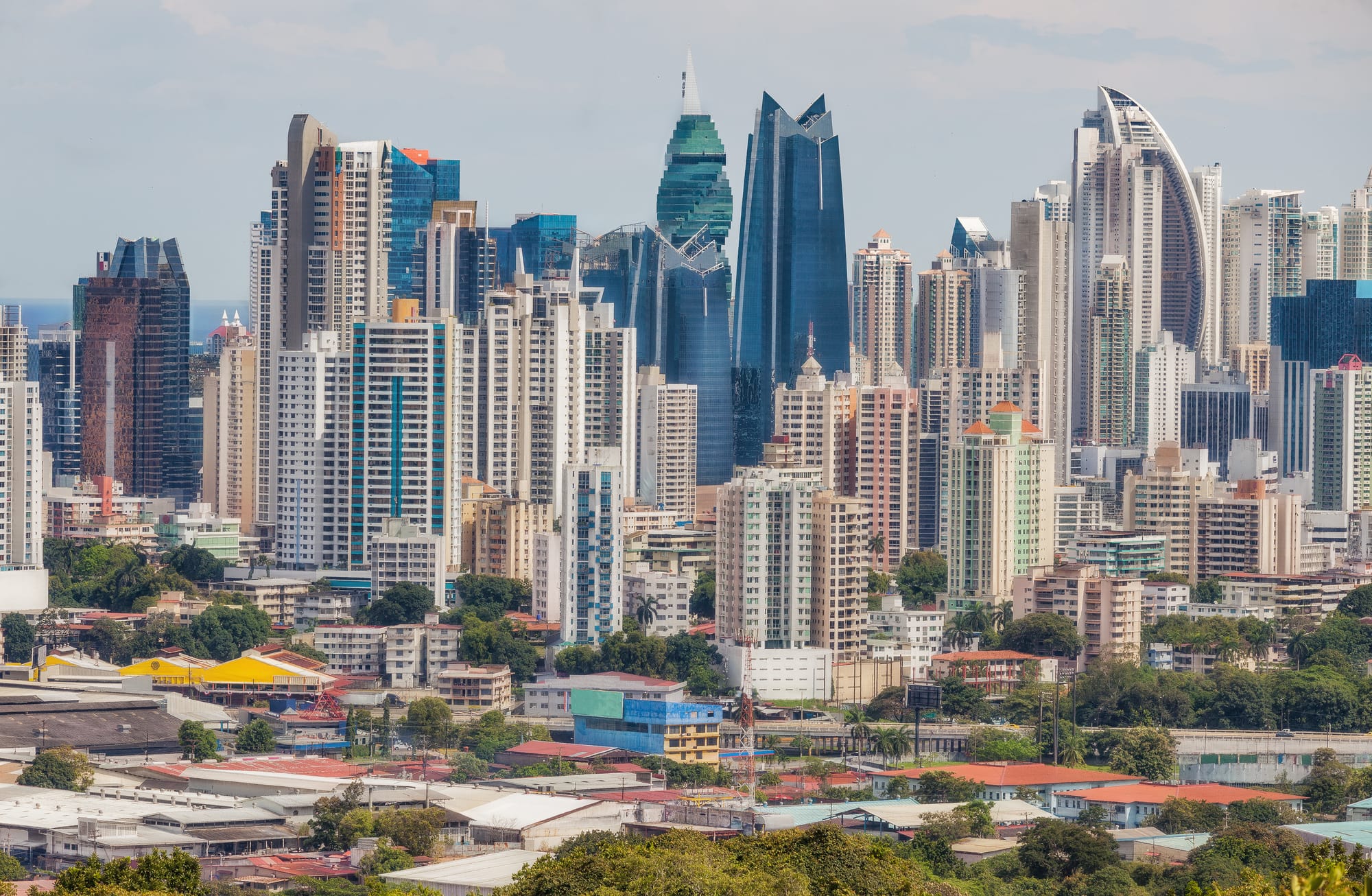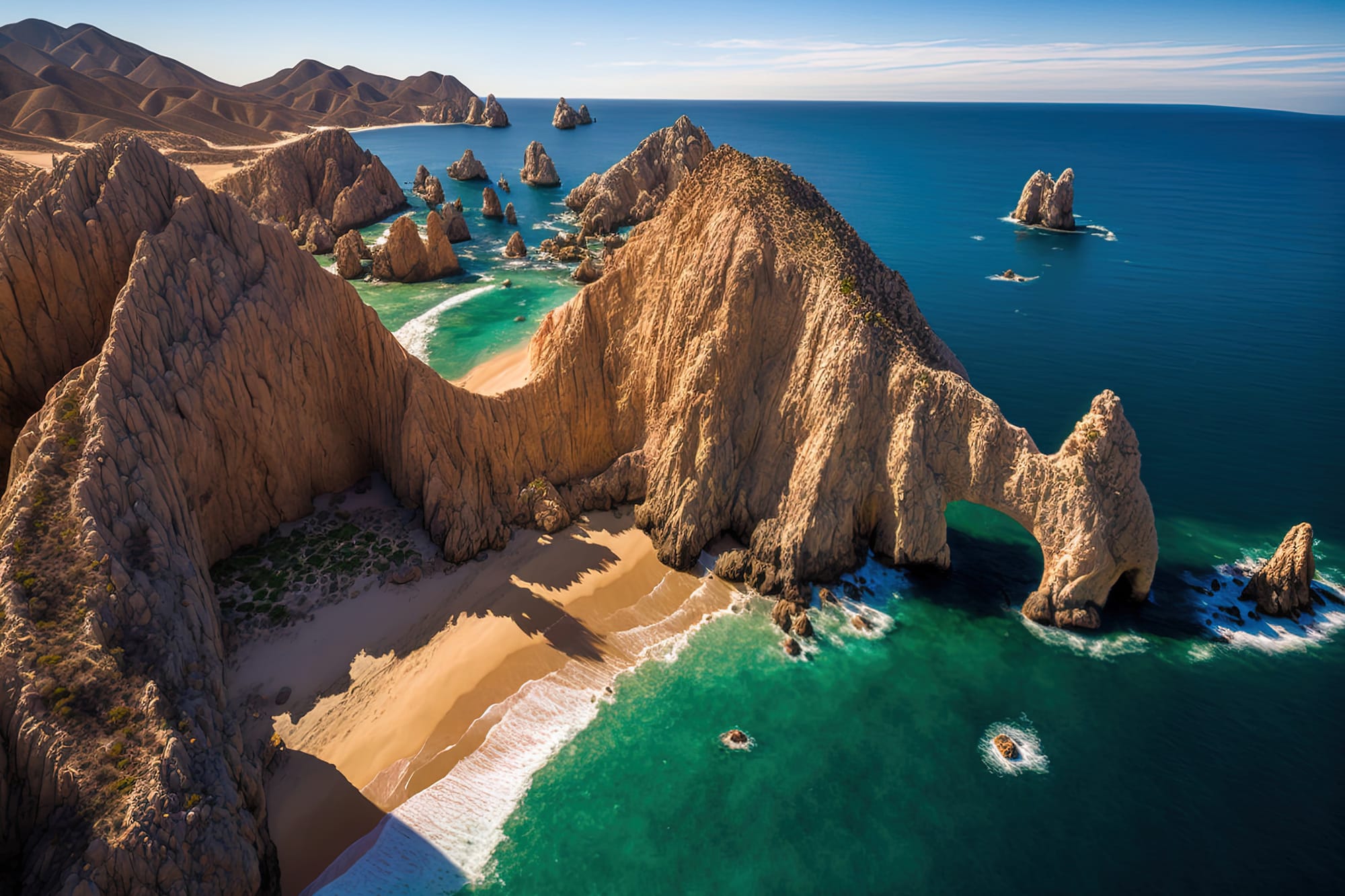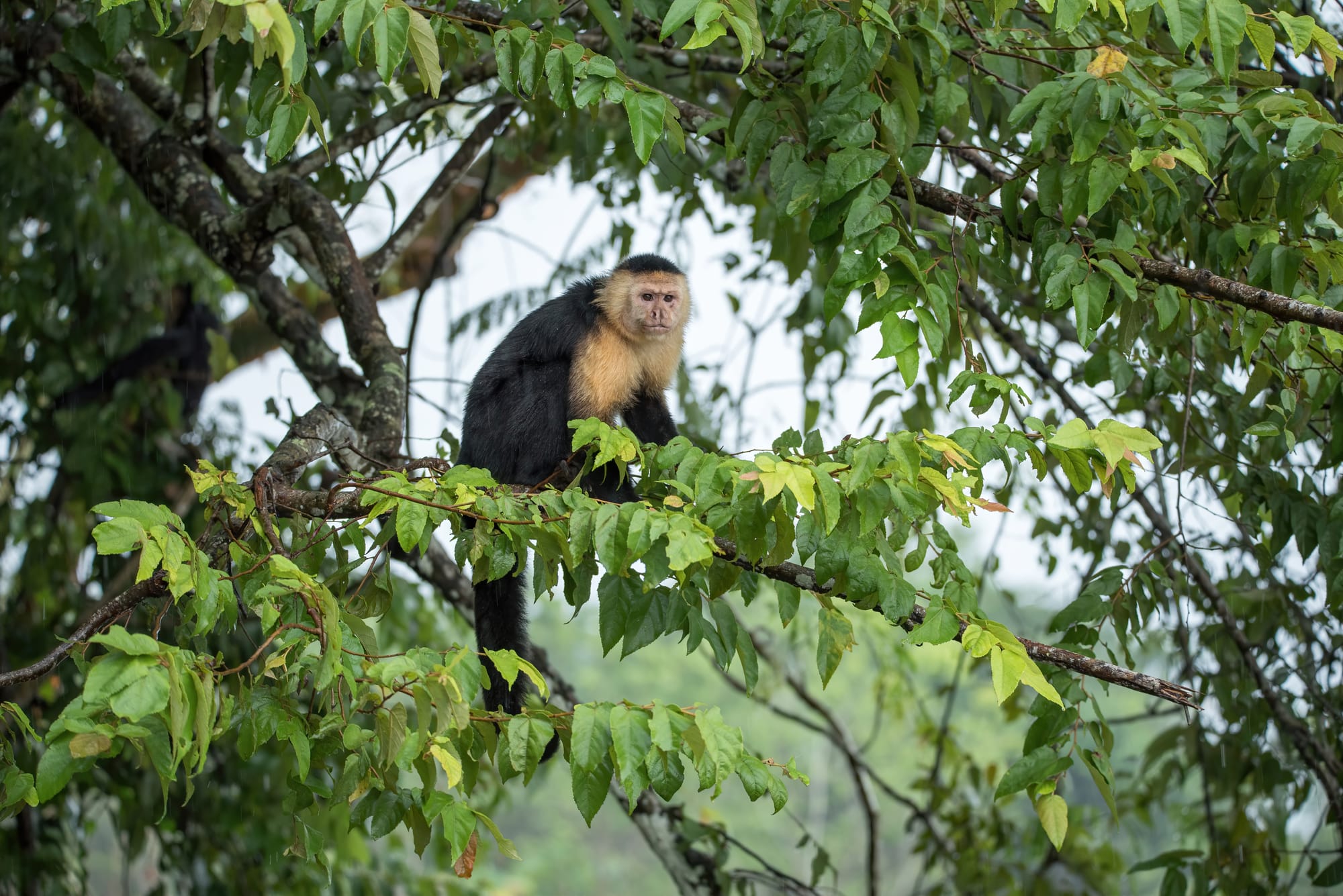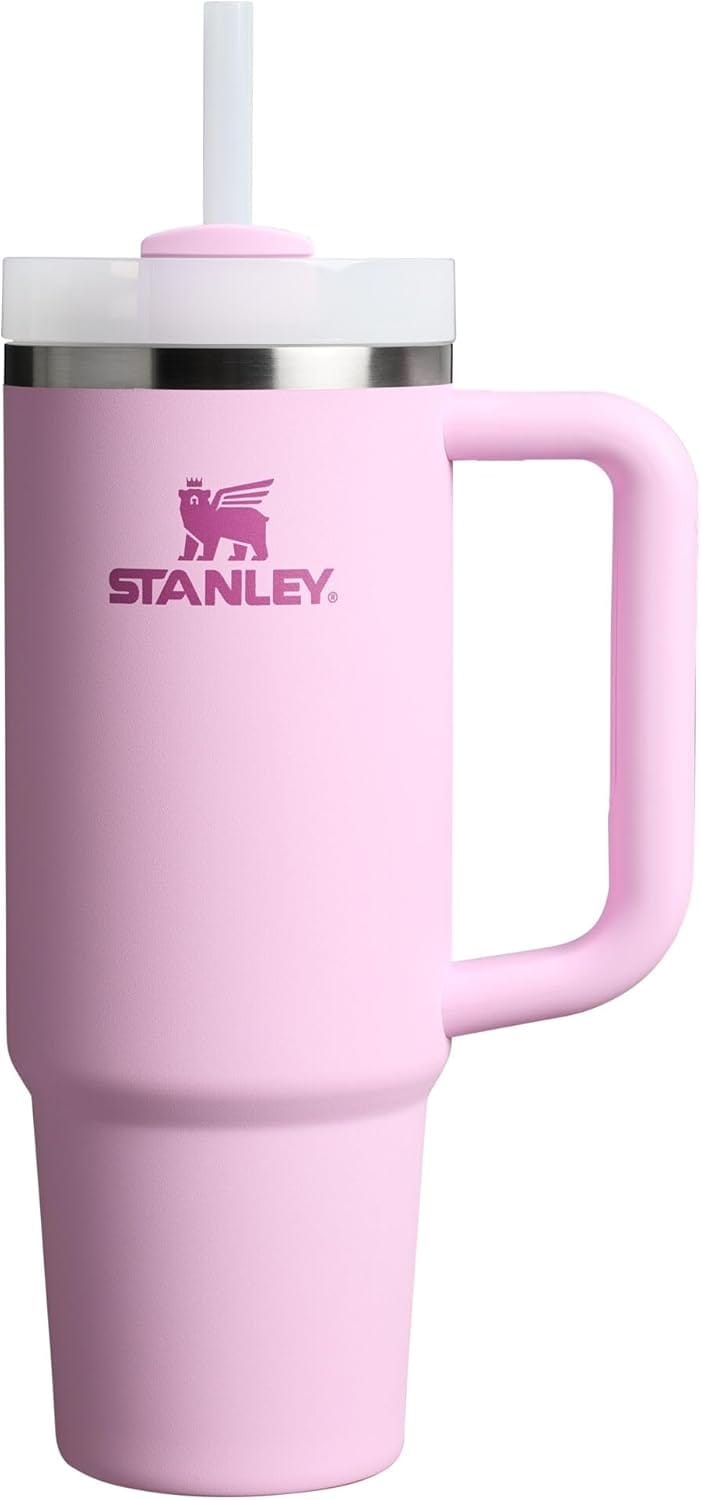Here’s a travel clue for Jeopardy fans: What is the Central American country known for Sancocho stew and Tamborito dance? Still in the dark? Here’s an easier one: The country is located at the southernmost end of Central America. Still unsure? OK, here’s your final clue: A Central American country where a man-made 51-mile waterway connects the Caribbean Sea with the Pacific Ocean. If your answer is “What is Panama?” you are correct!
Neighbored by Costa Rica to the north and Columbia to the south, Panama is a jewel. And like a jewel, its many facets are to be admired. Yes, the Panama Canal is a wonder to be seen. However, between the two oceans, there are cosmopolitan cities, gorgeous beaches, and wild and wonderful natural sites to take in as well.
Whether you fly into or cruise to Panama, here are some Good To Know (GTK) fun facts to make your visit to Panama maravilloso.
Panama City
Not surprisingly, Panama’s capital city is bustling with people, financial districts, shopping, and skyscrapers. Trendy neighborhoods like Casco Viejo, restored and revitalized, offer hip bars and restaurants in once-upon-a-time colonial mansions — pastel colored with cobblestone streets. Panama City’s oldest area will charm you with its century-old facades of beautiful churches and buildings. For history buffs, San Felipe, the heart of Panama’s colonial past, offers iconic churches like the Metropolitan Cathedral Basilica of Santa Maria.
For a real taste, literally, of Panama City’s eclectic cultures, try taking a cooking class. From making your own chocolate bar to creating spicey and savory Panamanian and African dishes, culinary options are available for booking.
Panama City GTK: Although the dress is usually casual, it’s a bit more formal in the capital. We’re not talking about high heels and a tux, but shirtless, flip-flops, and beach attire in Panama City are not appropriada.



Panama City skyline, Taboga Island near Panama City, Capuchin monkey in Panama
Beach Time
As charming as cobblestone streets in old town Panama City may be, you are going to want to see and feel the beaches of Panama. Very close by, Veracruz Beach offers a great location to spend an afternoon - plenty of seaside restaurants offering world-renowned seafood.
Within two hours, you have several choices where to have fun in the sun. Playa Blanca, on the Pacific, offers some of the best all-inclusive hotels with full-service amenities. In addition, pick from a multitude of day trip options from Panama City like biking and snorkeling.
For example, one tour takes you to Portobelo (named by Christopher Colombus) to visit Fort San Jerónimo, a designated World Heritage Site. After a few more stops, take a boat ride to Mamey Island where you can enjoy the afternoon in and around the crystal-clear azure waters of the Caribbean.
Panama Beaches GTK: Not all beaches are safe for swimming. Stay close to tourist-friendly areas that have official swimming beaches and always be vigilant about océano tides.
Wildlife
Panama’s lush rainforest makes for some unique flora and fauna. Isla Bastimentos, a few hours from Panama City, is home to mangroves filled with monkeys, crocodiles, and caymans. In addition, the island offers incredible snorkeling and scuba diving. A perfect combo — idyllic Caribbean beaches with the rainforest as your background.
Another option to be one with nature is hiking the Parque Natural Metropolitano, a 15-minute walk from the center of Panama City. Hike up to the top of Cedar Hill for fabulous views overlooking the city. And, watch for wildlife along the way including sloths, toucans, pacas, and monkeys.
Boquete, located only 37 miles from the Costa Rica border is a dream come true for zip line junkies. From the foothills of Volcán Barú, whizz above a cloud forest packed with wildlife spotting ops. While your adrenaline is still pumping, try shooting the rapids on Panama's Chiriqui Viejo River near Boquete to experience Class III rapids.
Panama Coffee GTK: Labeled as one of the most expensive coffees in the world, Hacienda La Esmeralda, grown underneath guava trees on the side of Mount Baru, sold for $350 per pound in a recent auction. Mucho dinero!
The Panama Canal
Before the canal existed, ships traveling from New York to San Francisco had to sail 13,000-miles around Cape Horn located at the bottom of South America. Once the miraculously created man-made canal opened in 1914, travel time was reduced to 5,200 miles.
One of the best ways to experience the canal is to go through the complex lock system via a cruise ship — full or partial transit options. For example, a full-transit cruise sails from the Caribbean to the Pacific (or vice versa) passing through the entire Panama Canal with you onboard. Partial transits from Florida will take you through the canal and turn around in Gatun Lake before continuing on.
If you are not cruising, the best way to see and feel the Panama Canal is by visiting the Miraflores Locks — easily reached from nearby Panama City. First, take in the visitor center to learn about the canal and then watch as ships pass through from the fourth-floor panoramic observation deck.
Panama Canal GTK: About 52 million gallons of agua are used each day to transport 36-38 ships through the canal.






